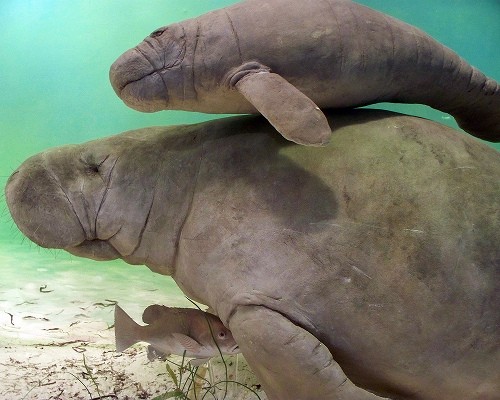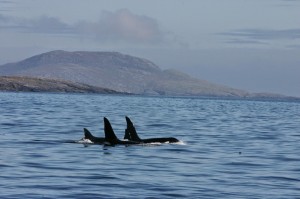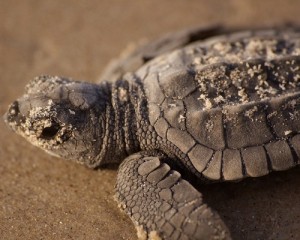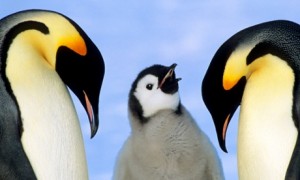The much talked about global warming which has its source in multiple processes operating simultaneously is only one of the implications of the high level of pollution. In fact if a certain quote by Biologist Jonas Salk is to be taken into consideration, it states, “If all human beings disappeared from the Earth, within 50 years all forms of life would flourish.” Therefore, it is a matter that requires serious inspection that exactly what kind of effect human beings have on nature. The human activities might be credited to have resulted into unprecedented growth and development but that again depends on your perspective on development. It involves answering a complicated question so as to whether if the progress that has been achieved at the cost of another is progress at all! Keeping aside the role of humans as the butchers and murderers of animals for food, our daily choices have inadvertently affected the very survival of many species on the earth even though we might not have personally slaughtered or shot them. If the cases of all those animals which run the risk of extinction or which are extinct as of now are taken into consideration, then it will not be evolution or Darwin’s survival of the fittest that is to be blamed as the cause behind the disappearance of these species, in fact championing all these scientific terms, it is pollution only that happens to be the root cause behind the extinction of millions of species.
The famous incident of Gulf oil spill in the Gulf of Mexico is probably well known to all, which also goes by the term Deepwater Horizon oil spill. It began on 20th April 2010 and is probably the biggest accidental marine oil spill reported till date. The incident had claimed lives in its very inception but that was not the end of it as a number of species are marching their way to extinction by virtue of the level of pollution the incident generated. A list of top ten animals that are most likely to be extinct owing to the disaster can now be presented, whereas at least 600 Gulf species are scheduled to experience a reduction in their numbers coupled with harmful effects that will last them for generations. The top 10 Gulf species which are most likely to be extinct in the near future are Kemp’s ridley turtle, North Atlantic blue fin tuna, Great Lakes piping plover, Elkhorn coral, Brown pelican, Sawfish, Sperm whales, Manatees, Gulf sturgeon, Batfish etc. Although the list if that of only ten perfectly unique species which will most certainly be extinct, these are only among the hundreds and thousands of species which are at the risk of extinction. And even though the numbers of species that are scheduled to disappear from the face of earth are many, none of them is probably as threatened as the Kemp’s ridley turtle which is one of the smallest and rarest sea turtle known to human beings. Again, manatees which too are not likely to be seen again after a short while had already dropped in numbers by 12.5 percent before the oil spill due to the unexpected cold winter, again owing to climatic fluctuations as a result of global warming. As the giant species swims directly into the oil spill while migrating along the Gulf coast in summer, it will face the effects of the oil spill and hence will most probably be driven to extinction.
Another such warning has also been issued in the case of the Emperor penguins which scientists assume will be extinct before not too long. The famous brand of species from Antarctica will be reduced in number at least by a third of its population by the end of this century. This grim situation has arisen due to the disappearance of sea ice owing to the change in temperature. The disappearance of sea ice directly affects the availability of krill which are tiny crustaceans like shrimps. Krill, which lives off the algae found in the sea ice populates the Southern Ocean as the main source of food for the Emperor penguins. The unavailability of sea ice affects the entire food chain, hence bringing into effect the process of extinction.
In stating a report presented in a story published in Nature in 2004, the Wikipedia delineates that , “between 15 and 37% of 1103 endemic or near-endemic known plant and animal species will be ‘committed to extinction’ by 2050.” All the researches that have been undertaken by renowned researchers such as Buckley, Roughgarden, Daniel Botkin, all point towards one very definite explanation, which is that the degrees in climate change has directly resulted into species-level extinctions i.e. it has increased the probability of certain brands of species to be extinct. However, another study was published in Science in its issue of 30th May 2014, which states that most of the species genuinely do have small ranges but the number of small-ranged species has considerably increased. The kind of environment that we have created for ourselves, we have left very little room for organisms to flourish naturally and so much so it is no longer about the word ‘natural’ anymore, as the word itself stands to be extinct.





Leave a Reply